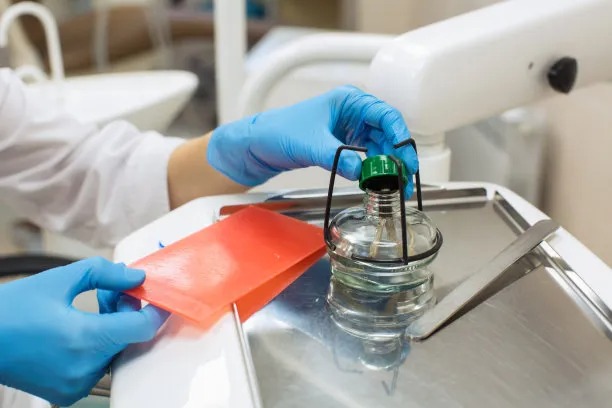Essential Guidelines and Precautions to Consider Before Undergoing a Dental Filling Procedure
Summary: Dental fillings are a common procedure designed to restore the function and integrity of a damaged tooth. However, patients must prepare adequately to ensure successful outcomes. This article highlights essential guidelines and precautions before undergoing a dental filling procedure. We explore the importance of understanding the types of fillings available, the significance of assessing ones dental health, the role of selecting a qualified dentist, and the necessary recovery and aftercare considerations. Each aspect is crucial for achieving a smooth, effective experience during and after the procedure.
1. Understanding Different Types of Fillings

Before undergoing a dental filling procedure, its essential to familiarize oneself with the various filling materials available. The common options include amalgam, composite resin, porcelain, and glass ionomer. Each type has its own unique advantages and disadvantages that align with different patient needs and circumstances.
Amalgam fillings are composed of a mixture of metals, providing durability and strength, making them suitable for back teeth where chewing pressure is high. However, many patients prefer composite resin fillings due to their aesthetic appeal, as they can be color-matched to the natural tooth.
Assessing the costs and longevity of each filling type is another vital consideration. While amalgam may be cost-effective, composite and porcelain fillings can offer better aesthetics and possibly a more extended lifespan, making it necessary for patients to weigh their options carefully.
2. Assessing Personal Dental Health
Prior to any dental procedure, evaluating one鈥檚 dental health is paramount. Patients must inform their dentist about existing dental issues such as decay, gum disease, or other underlying conditions that may affect the procedures success.
Additionally, a thorough dental examination, including X-rays, may be necessary to establish the extent of tooth damage. Being candid about health history and any medications taken is equally important, as certain conditions and medications can influence healing and recovery.
Understanding individual pain tolerance and anxiety levels is crucial too. Some patients may require sedation or a local anesthetic. Discussing these concerns with a dentist ensures that a tailored approach is developed for a more comfortable experience during the filling procedure.
3. Choosing the Right Dental Professional
Choosing a qualified, experienced dentist is essential for a successful dental filling procedure. Researching potential candidates by reviewing credentials, reading patient testimonials, and assessing their experience can lead to a well-informed decision.
Consultations before the procedure offer an opportunity to gauge the dentists communication style and approach to patient care. It is beneficial to visit a dentist who makes you feel comfortable and addresses all your questions regarding the procedure and aftercare.
Furthermore, consider the dental practice鈥檚 technology and facilities. A modern clinic equipped with advanced tools can often provide a smoother experience and better results, as many contemporary dental practices adopt technologies that minimize discomfort and improve recovery times.
4. Planning for Recovery and Aftercare
Post-procedure recovery planning plays an integral role in ensuring the longevity of dental fillings. Patients should follow their dentists advice regarding oral hygiene, diet, and any prescribed medications, to facilitate optimal healing.
Adopting a soft-food diet after receiving fillings, particularly with local anesthesia, prevents potential discomfort and damage to the new filling. It is wise to avoid hot or cold foods initially to minimize any sensitivity during the healing stage.
Regular dental check-ups are essential following the procedure. Regular monitoring can help identify any issues with the filling, ensuring that it remains in good condition over time. Establishing a sound aftercare routine promotes good dental health and prolongs the effectiveness of the filling.
Summary:
In summary, understanding the various types of fillings, thoroughly assessing one鈥檚 dental health, selecting a qualified dentist, and planning for aftercare are vital steps in preparing for a dental filling procedure. Proper preparation can significantly enhance the overall experience and result in a successful restoration of dental health.
This article is compiled by Vickong Dental and the content is for reference only.


